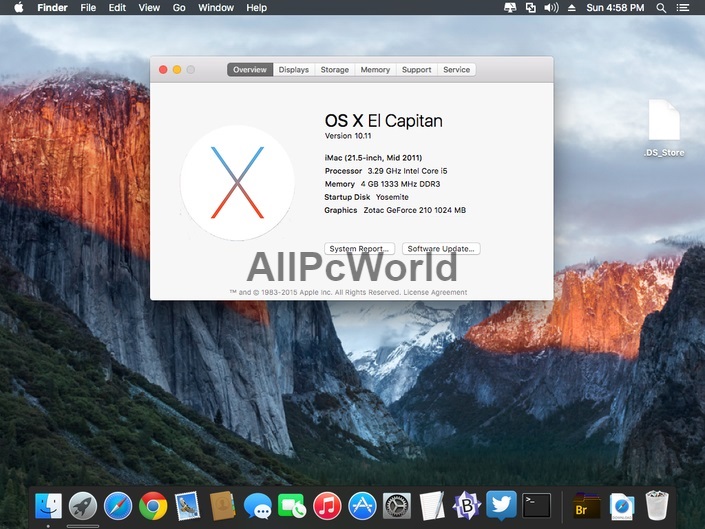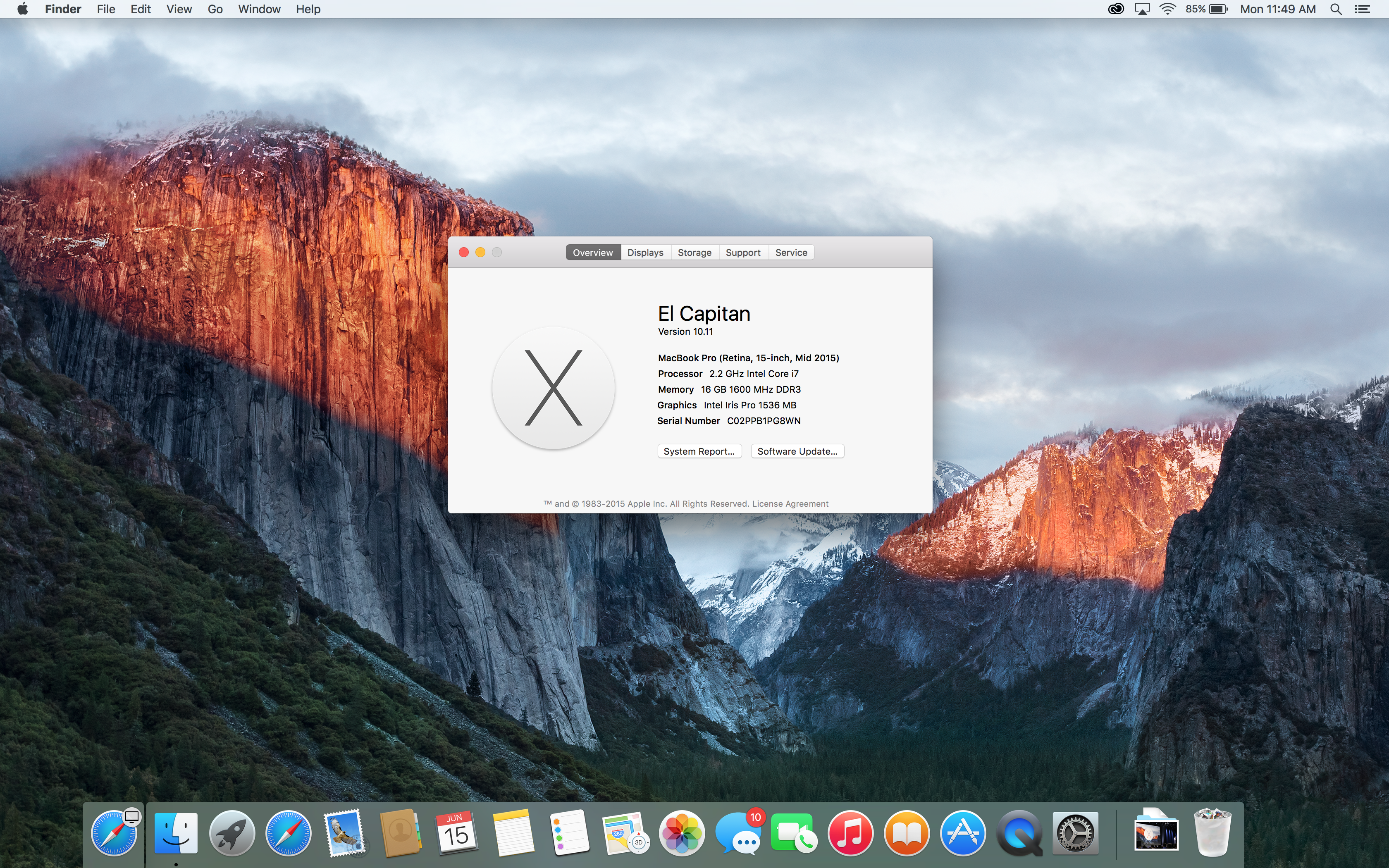Os X El Capitan App Store Link

On this page:
- Reinstall El Capitan on a computer alreadyrunning it
Upgrade from previous versions to OS X 10.11 (El Capitan)
- From the Apple menu, select App Store....
- When the App Store opens, search for and download El Capitan. If you don't already have an Apple ID, you'll need to create one. You can monitor the download process in the 'Purchased' section of the App Store.
- Once the download is complete, the installer should automatically open.
If it doesn't, or you don't want to complete the installation at this time, you can come back later and double-click Install OS X El Capitan in your
Applicationsfolder.Within the installer, click Continue, agree to the license agreement, and then choose the disk where you want to install El Capitan.
After you begin the installation, your computer may need to restart more than once before finishing, and then you may be asked to enter basic information.
- From the Apple menu, select App Store..., and then install any available updates.
May 06, 2021 Macworld also has bootable-install-drive instructions for:. mac OS High Sierra (10.13). El Capitan (OS X 10.11). Yosemite (OS X 10.10). Mavericks (OS X 10.9). Mountain Lion (OS X 10.8). Lion (OS X 10.7) Download the macOS Sierra installer. Launch the App Store app, then look for macOS Sierra in the store. (Here’s a link.). Whether or not you've downloaded it in the past, you can now download OS X El Capitan 10.11.6 (6.21 GB) via this link which will open first in the Browser, then in the App Store. OS X El Capitan. This version of OS X El Capitan is for users running OS X Snow Leopard who would like to upgrade to macOS Sierra. If you tried Erics link to El Capitan and you couldn't download it, then the App Store is recognising that you Mac qualifies for High Sierra, so you can upgrade. OS X El Capitan 10.11.4 Update The OS X El Capitan 10.11.4 update improves the stability, compatibility, and security of your Mac, and is recommended for all OS X El Capitan users.
Software raid mac os x el capitan app store link Page content loaded Nov 5, 2015 3:33 PM in response to Raicya In response to Raicya I just did it, successfully - quit & restart with Option/Command/R - open Disk Utilities & BINGO! There it is RAID as in Yosemite - I dragged my 2 HDs into it & I was good to go on a restart - no Terminal No nothing - Apple did't even know about itRock on!Al Nov 5.
Reinstall El Capitan on a computer already running it



Reinstall while keeping files, applications, and settings

- Restart your computer, and immediately hold down
command-runtil the gray Apple logo appears. - If prompted, select your main language and then click the arrow.
- Click Reinstall OS X, and then Continue. Follow the instructions on the screen, and then choose your hard disk. Click Install, and enter your Apple ID information if prompted.
- When the installation is complete, select App Store... from the Apple menu, and install any available updates.
Os X El Capitan Apple Store Link
Reinstall while erasing everything on your computer
Os X El Capitan App Store Link
Restart your computer, and immediately hold down
command-runtil the gray Apple logo appears.- If you see a screen asking you to select your main language, choose it, and then click the arrow.
- Click Disk Utility, and then Continue.
- In Disk Utility:
- Click your hard disk in the left column, and then click the Erase tab.
- Next to 'Format:', make sure OS X Extended (Journaled) is selected. In the 'Name:' field, give your disk a name. Click Erase.
- Once it's completed, quit Disk Utility.
- Click Reinstall OS X, and then Continue:
- Follow the instructions on the screen, and then choose your hard disk.
- Click Install. If prompted, enter your Apple ID information.
- Once the installation is complete, you'll be asked to enter basic information, and have the option to transfer data from another computer or backup.
- From the Apple menu, select App Store, and then install any available updates.